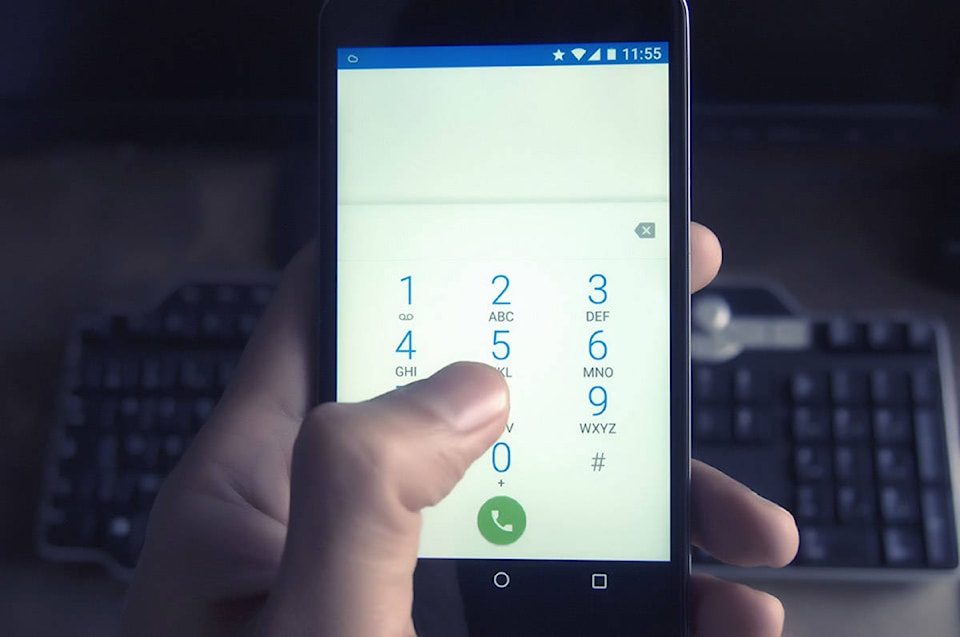There is no doubt that most of us remember our childhoods though a golden haze. We wish that our children or grandchildren could have had the benefit of growing up in that far more innocent time.
And it’s true. Growing up in a small town in northern Ontario, I remember getting up and hopping on my bike while still in my pajamas, my brothers and sisters and I tearing off down the back lane.
The beach had lifeguards all day, and during summer vacation we spent most of our time down there, walking home for lunch and supper.
Those were idyllic days — all spent outside. None of us on the back lane were allowed to play inside unless it was raining. Snacks — Koolaid, cookies, and if you were very fortunate, popsicles — were delivered outside.
And there were no cellphones. No social media. No gaming.
As a new generation returned to school this week, Angus Reid polling reports that many parents are concerned about the addictive potential of digital devices, as well as their contribution to physical inactivity.
While most parents (89%) acknowledge that such devices can be a valuable educational tool for young children, nearly half (46%) remain concerned that their child is spending too much time in front of a screen, according to Angus.
The vast majority (87%) of Canadian parents with children between the ages of two and 12 say their child spends at least one hour per day using their device(s), with most devoting significantly more time than that, the poll finds.
Other findings include that one in five (22%) of Canadian parents say their child spends more than four hours a day using digital devices.
Interestingly, boys are nearly twice as likely as girls to use their devices for non-educational gaming. Preteen boys, especially, are the gamers, while preteen girls are most likely to use their devices for social interaction.
Kids with physical, developmental or learning disabilities are among the users with high screen times, although the Angus Reid study also found that this cohort are also gaining more educational benefit from their screen time.
It is mainly among parents of 10 to 12 years olds that the most concern is felt. 52 per cent of those parents are concerned their child spends too much time with a device. However, even 40 per cent of parents of two to five year olds are concerned.
And that’s not even taking into account the expense. A family of four, with two teenagers is paying for four cellphones and the data they use, which, even with a terrific plan, is going to run $200 a month or more.
But what to do about it? You can’t go back. The toothpaste is out of the tube, so to speak. Much as we may long for the pre-cell phone days, they are here to stay.
It’s up to parents to police, or not, their own children when it comes to time spent on digital devices.
Do I believe all student should be putting their cellphones in buckets when entering a classroom? Yes, I do. And actually, Selkirk Secondary in Kimberley sent a notice to parents two weeks ago that cell phones will be banned in the classroom this coming school year. Students will only be allowed to remove them from their lockers at lunch and break time.
But the digital world is not all bad. It’s a lot easier to keep track of your kids now. You simply call them.
And arguments are now settled in a flash as we all carry the Encyclopedia of Google in our pockets.
The world is at your fingertips, along with all its good and bad.
The digital age is a double-edged sword, and like it or not, we have to live with it.
